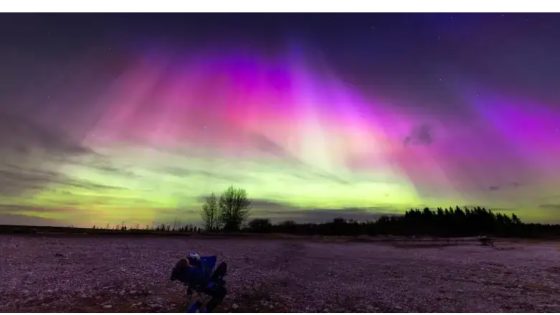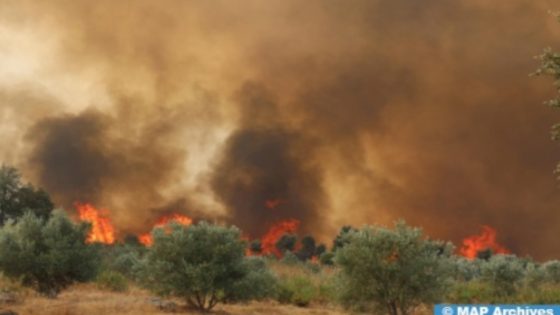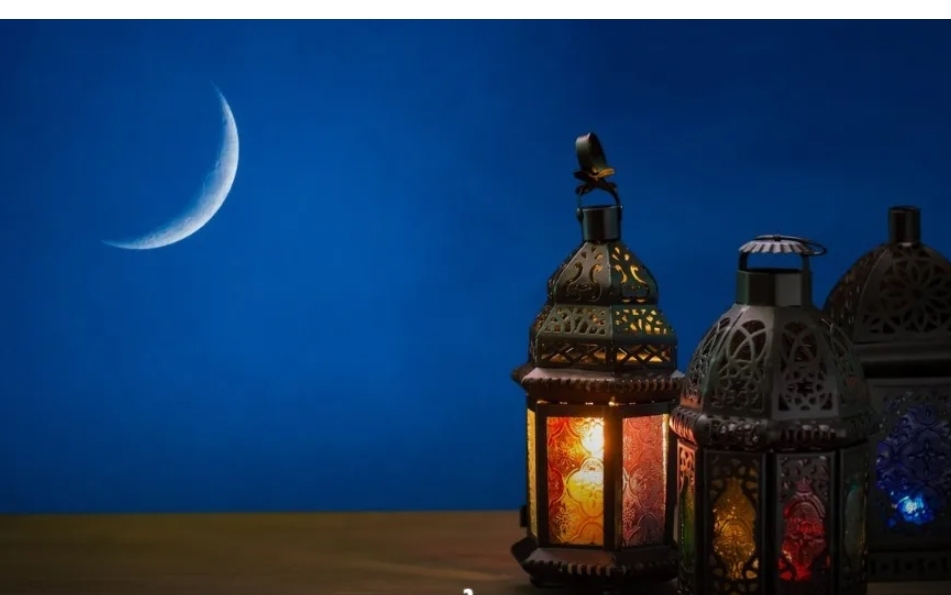Assahafa.com
If all goes well, Canadians may once again see the night sky erupt in a multitude of colours.
The sun has been very active over the past few days, sending out several strong solar flares and coronal mass ejections (CMEs) which can produce the northern lights.
Our star goes through an 11-year cycle when activity on its surface rises and falls, called solar maximums and solar minimums. Currently the sun is at solar maximum.
When this happens, the sun’s surface is pockmarked with sunspots, cooler areas that have complicated magnetic fields. When these magnetic fields get entangled they can burst free, resulting in a solar flare.
Often, these flares are followed by CMEs, huge bursts of charged particles — think billions of tons of material.
This is just what happened over the weekend.
“Basically, the sun’s woken up from a bit of a sleep,” said Chris Ratzlaff, a seasoned aurora chaser from Airdrie, Alta.
“It’s been relatively quiet, but now seems to have woken up with an abrupt start.”
Over the weekend, the sun produced several mid-class M-flares (X-flares are the strongest) and two CMEs, both of which are heading our way.
But the sun didn’t stop there. The next day, several more CMEs were released, according to the National Oceanic and Atmospheric Administration’s Space Weather Prediction Center (SPWC), which issued a geomagnetic storm watch, indicating that the effects of all this activity will soon be felt.
The storm could hit Earth tonight, potentially creating bright northern lights, or aurora borealis. However the chances increase on Tuesday and Wednesday.
Natural Resources Canada is also forecasting potential storm levels for lower latitudes, south of the polar region.
‘Temper expectations’
The last major solar storm to hit Earth was on the night of May 10-11. That night, two CMEs from X-flares slammed into Earth, producing an incredible display of both northern and southern lights that were seen across the globe.
The current heightened activity on the sun — which is still ongoing — is similar, but also different.
“Leading up to May 10, we had several X-flares,” Ratzlaff said. “So the difference is quite notable, in that here we’re dealing with a large volume of flares, as opposed to a couple of fairly large flares.”
INTERACTIVE
When the sun erupts: How solar disturbances affect us on Earth
Similar to the May 10 forecast, the SPWC is forecasting a strong geomagnetic storm of G3 (the scale goes from G1 to G5). The hope is that it will produce a similar result, though predicting the northern lights is incredibly difficult.
Ratzlaff says he often tells people to “temper their expectations,” noting that there is only a 30 per cent chance the storm will occur as predicted.
“There’s a 70 per cent chance that nothing’s going to happen,” he said.
If you’d like to increase the chances of seeing the northern lights, the first thing is to keep abreast of the forecast. You can visit websites such as SpaceWeather.com and SpaceWeatherLive.com. There are also several free apps if you search “aurora alerts.”
To see them, it’s best to get to a “dark-sky” location, away from city lights. As Ratzlaff said, “If you can see the stars, you can see aurora.”
And, as their name explains, look to the north, though sometimes — as in May — extremely strong storms can make them also appear to the south.
You can also try photographing them with a DSLR camera, which is more sensitive than our eyes. The key is to set a high ISO such as 800 or 1600, and leave the shutter open for at least 10 to 25 seconds. You can play around with the settings, as brighter aurora won’t need a high ISO and you won’t have to leave the shutter open as long. And it’s important to use a tripod.
But the last display was so bright that even cellphone cameras could pick up the colours, so that is also an option.
Why this solar storm was so monumental, and other things to know about the light show
“Hope for the best, anticipate the worst is really my motto,” he said. “I try not to get disappointed anymore when something doesn’t pan out the way we were expecting it to, because I know that there’s always going to be another chance.”
Source: cbc














